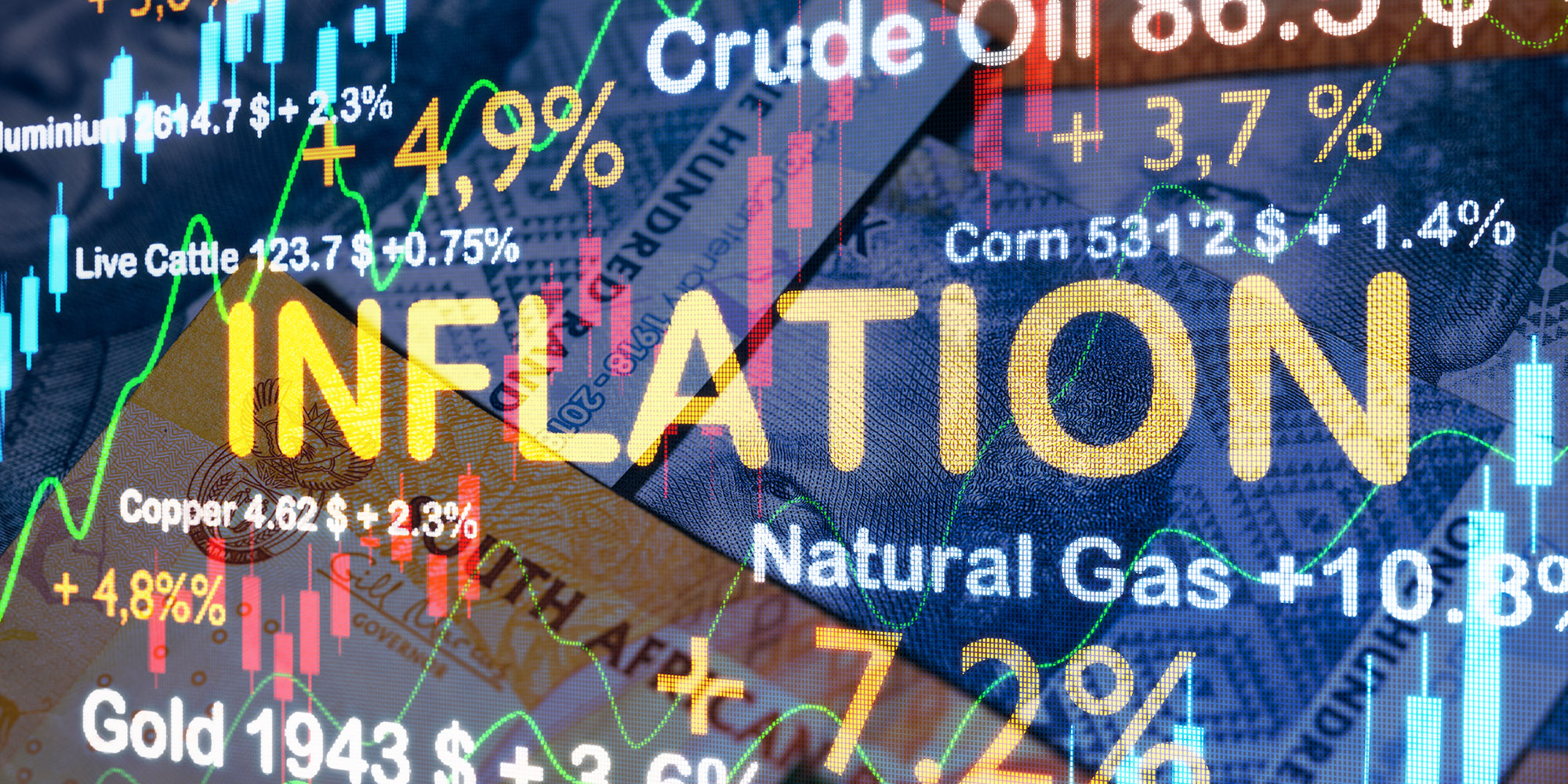South Africa’s consumer price index (CPI) slowed significantly on a year-on-year basis in September to 3.8% from 4.4% in August, paving the way for the Reserve Bank to cut rates again next month and beyond.
The data, released on Wednesday by Statistics South Africa (Stats SA), was the lowest CPI read since the 3.2% recorded in March 2021, when the economy was still gasping for breath beneath the weight of Covid-19 restrictions.
“Softer transport inflation – specifically lower fuel prices – was the main drag on the headline rate. The transport category entered deflationary territory for the first time in 13 months, with the annual rate falling from 2.8% in August to -1.1% in September,” Stats SA said in a statement.
“Fuel prices dropped for a fourth successive month and are on average 9.0% lower than a year ago,” it said.

That is attributable to cooling global oil prices and the gains the rand has made in recent months against the dollar as the domestic economic outlook and growth prospects have brightened under the Government of National Unity (GNU).
It was the fourth consecutive month of slowing annual inflation and brings CPI to the lower reaches of the 3% to 6% range targeted by the South African Reserve Bank. But the bank is really focused on 4.5% and will see this as vindication of its monetary policy stance.
The path is now clear for further easing after last month’s 25-basis point rate cut took the repo rate to 8.0% and the prime lending rate to 11.5% as the central bank floats the idea of changing the inflation target to 3%.
Read more: Reserve Bank Governor Kganyago brings clarity to the costs of getting SA inflation to 4.5%
“The Reserve Bank sees further downside risks to inflation if rand gains accelerate or oil prices fall further. Given this, we see room for another 100 bps (basis points) of repo rate cuts to 7.0% in the near term. We expect cuts of 25 bps each at the November 2024, January 2025, March 2025 and May 2025 meetings,” said Razia Khan, Head of Research, Africa and Middle East at Standard Chartered Bank.
“Larger 50 bps moves are unlikely, in our view; we think the Reserve Bank will want to proceed cautiously, monitoring global risks and any consumption boost from South Africa’s recent Two-Pot Pension Reforms, which allow earlier pension withdrawals.”
There are signs that demand is picking up even as inflation slows, a combination that is cautiously promising for the economy. Data released last week showed that retail trade sales rose 3.2% year-on-year in August after 1.7% annual growth in July — and this spurt came before the two-pot reforms kicked in on 1 September.

Among other things, the slowdown in inflation will be pointedly highlighted by employers in any wage talks that take place in the coming months against the backdrop of signs that real wages and salaries are rising.
“Take-home pay, both in nominal and real terms, has so far surprised to the upside in 2024, reflecting the improved business environment,” BankservAfrica said on Wednesday.
“The notable moderation in consumer inflation is having a positive impact on the purchasing power of salary earners. Real take-home pay has been up by 2.2% in the first nine months of 2024, compared to the full year average in 2023. In nominal terms, take-home pay is up by 6.3% year-to-date compared to full year 2023.”
The bottom line is that inflation is easing, rates will fall further, real wages are rising and the economy is picking up steam. That lays the groundwork for lift-off into a new trajectory. DM
Business Maverick
With inflation slowing, South Africa eyes further rate cuts as economic outlook brightens
South African consumer inflation maintains its downward trajectory, with cooling fuel prices leading the way and more interest rate cuts on the horizon.





